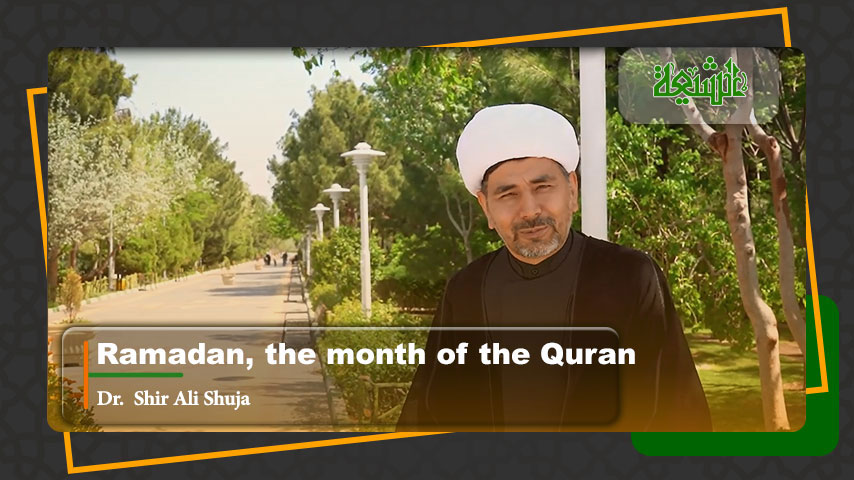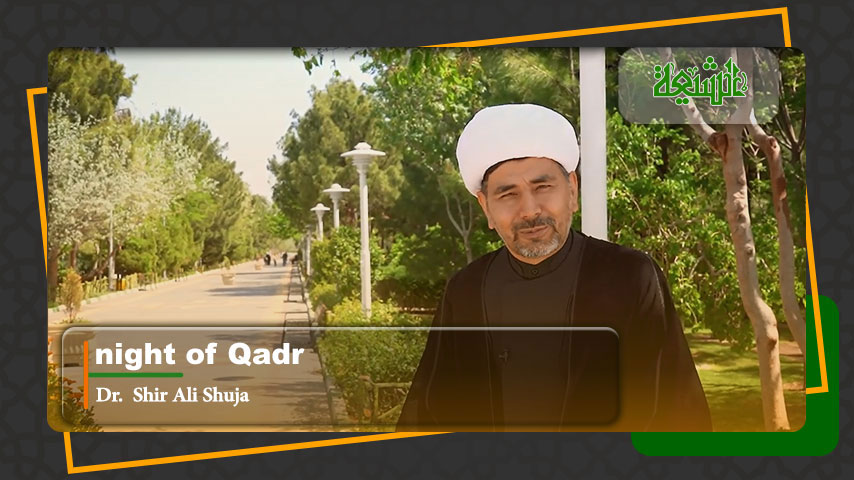In continuation of the discussions on the topic titled “Misconceptions About Nahj Al-Balaghah”, we shall focus on other relevant issues on the topic here.
Similarly, al-Radhi refers to his sources on a number of occasions, and also gives an account of the circumstances that were responsible for the mood and theme of a certain sermon. He has referred to: al Jahiz; al-Waqidi; Abu Ja’far al-‘Iskafi; Hisham ibn al-Kalbi; Sa’id ibn Yahya ai-‘Umawi, the author of al-Maghazi; Abu ‘Ubayd al- Qasim ibn Salam; al-Tabari; Tha’lab; Ibn al-Arabi; al-Mubarrad, and many others. How could an author who allegedly forged the utterances and writings of Amir al- Mu’minin (as) be so honest in acknowledging his indebtedness to his predecessors?
Those who raised doubts about the contents of Nahj al-balaghah were unaware of the high status and prestige of its compiler, both in society and in academic circles. A man of his eminence could not even think of fabricating sermons and letters in the name of al-‘Imam ‘Ali (as). Had any such attempt been made by anybody, Shi’i scholars themselves would have been the first to reject it, as an anthology of poetry attributed to al-‘Imam ‘Ali (as) (Diwan-e ‘Ali) was never accepted by the majority of Shi’i scholars as authentic. Some other such works, for example, the commentary on the Quran attributed to al- Imam al-Hasan al-‘Askari (as) or Fiqh al-Ridha attributed to al-Imam al-Ridha (as), are at issue among Shi’i scholars.
But no one among al-Radi’s contemporaries or from the successive generations of Sunni or Shi’i ‘ulama’ ever questioned Nahj al-Balaghah’s authenticity for more than two centuries. Regarding the contents of Nahj al-Balaghah, Muslim scholars of all shades of opinion never doubted al-Radi’s veracity. They were aware of the presence of earlier sources of al-‘Imam ‘Ali’s utterances. There is abundant reliable evidence in support of the existence of such collections in the first and second centuries of Hijrah, from which ‘Abd al-Hamid ibn Yahyfi, Ibn al- Muqaffa’, and Zayd ibn ‘Ali ibn al-Husayn ibn ‘Ali ibn Abi Talib had quoted al-‘Imam ‘Ali’s sermons and letters.
In the third and fourth centuries, too, several collections of ‘Ali’s sermons and letters were compiled, some of which have been already referred to above. Ibn Abi al-Hadid (d. 655 or 656/1257 or 58); Taqi al-Din Ahmad, known as Ibn Taymiyyah (661-728/1263-1328); and his pupil Salah al-Din al-Safadi (d.764/1362 -63) accepted Nahj al-balaghah as a genuine collection of al-Imam ‘Ali’s words. The former not only wrote one of the most famous commentaries on it but also repudiated all doubts about its authenticity.
Ibn Taymiyyah and al-Safadi were among staunch opponents and critics of the Shi’ah, but both of them verified the authenticity of Nahj al-Balagha and the veracity of al-Sharif al-Radhi. Al-Safadi, in the account of al-Radhi, writes: People are of the view that Nahj al-balaghah is his own writing. But I heard my teacher, al-‘Imam al-‘Allamah Taqi al-Din Ahmad ibn Taymiyyah say: “Nahj al-balaghah is not al-Sayyid al-Radhi’s product. What in this book is the utterance of ‘Ali ibn Abi Talib (as) is known, and whatever is from al-Radhi that is also known. (1)
Instead of going into further details of the controversy about the authenticity of Nahj al- Balaghah’s ascription and forwarding more evidence against those who created doubts about it, I would recommend the keen reader to consult al-Mu’jam al-Mufahras li Alfaz Nahj al-balaghah, edited by al-Sayyid Kazim al-Muhammadi and al-Shaykh Muhammad al-Dashti, who has done a commendable job in preparing a very comprehensive bibliography of the sources of the book along with a detailed item- by-item list of the sources of each and every sermon, letter, and saying contained in Nahj al-balaghah. Moreover, since the death of al-Radhi scholars of eminence have been always interested in writing commentaries on Nahj al-Balagha, which is another very strong proof of its authenticity. So many Sunni, Mu’tazili, and Shi’i scholars would not have taken pains to comment upon al Radi’s own fabrications.
‘Ali Naqi Munzawi, in the catalogue of the library of Mishkat, donated to Tehran University, has enumerated 33 narrators of al-‘Imam ‘Ali’s utterances before al-Radhi and fourteen after him till the tenth Hijrah century. Danish Pizhoh, in his preface to Farman-e Malik Ashtar, edited by Husayn ‘Alawi Awi, has given a list of its early commentators. Sayyid ‘Abd al-Zahra al-Khatib, in Masadir Nahj al Balagha wa asaniduh, has counted thirty-three books written concerning the sources of Nahj al- balaghah. Hundreds of manuscripts of Nahj al-balaghah in various libraries of the world and even a greater number of the manuscripts of other earlier works containing al-‘Imam ‘Ali’s utterances invite all seekers of truth to trace the sources and ascertain the authenticity of Nahj al-balaghah.
There are also numerous documents available which contain certificates and testimonials issued by eminent scholars to their pupils authorizing them to narrate the contents of Nahj al-balaghah along with the permission to narrate ahadith of the Prophet (saw) and the Imams (as). This is enough to show that Nahj al-balaghah has been considered to be of equal value in reliability with the most authentic compendiums of hadith. The narration of Nahj al-Balagha’s traditions started during the lifetime of al-Radhi. Qutb al-Din al-Rawandi (d. 573/1177) in the preface of his commentary on Nahj al- Balaghah, refers to a daughter of al-Sharif al Murtada, who had studied the book under al-Radhi himself and was authorized to narrate its traditions to others, and she used to narrate Nahj al-balaghah on her uncle’s authority. Shaykh ‘Abd al-Rahim al-Baghdadi has narrated from this learned lady of the family of the Imams (as).
NOTE:
______________________________________
1. al-Wafi bi al-wafayat, vol. 2, p. 375
















